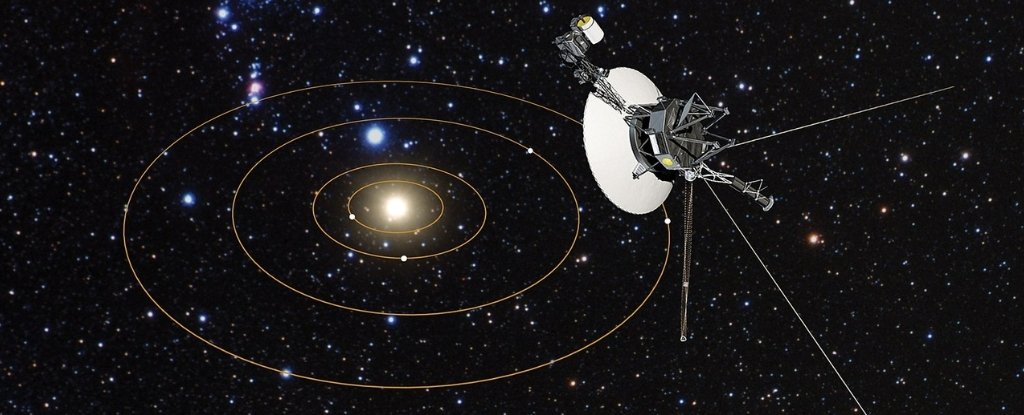
Since crossing over the heliosphere, the Voyager probes have sent back measurements that suggest there is a stronger magnetic field beyond the heliopause than we thought - possibly enough for electrons at the front of a shock wave to bounce off of and accelerate further.
"We interpret these bursts of high-energy electrons as arising from the reflection (and acceleration) of relativistic cosmic-ray electrons at the time of first contact of the shock with the interstellar magnetic field line passing through the spacecraft," the authors conclude.Understanding the physics of cosmic radiation and solar shock waves will not only help us better define the boundaries of our own Solar System, it will also help us better understand exploding stars and the threat of radiation in space